Harnessing the power of your breath can transform your mental and physical well-being. By tapping into breath control , you can deeply influence the vagus nerve , fostering resilience, emotional balance, and tranquility.
Are you ready to unlock the profound connection between your breath and inner peace?
Understanding the Vagus Nerve
Definition and Importance of the Vagus Nerve
The vagus nerve , the longest cranial nerve in the body, has been an integral part of physiology for over 800 million years. As it wanders from the brain to various organs, its functions are fundamental for maintaining bodily harmony.
Traditional understanding categorized the vagus nerve as a component of the parasympathetic nervous system, aiding rest, digestion, and recovery. However, its influence extends beyond simple physiological parameters, impacting emotional and cognitive states.
According to Stefan Chmelik, a traditional Chinese medicine physician, "Toning the vagus nerve is about creating resilience and flexibility in the nervous system." This resilience enables the body to cope better with stress and enhances overall health.
The Role of the Vagus Nerve in the Autonomic Nervous System
The vagus nerve plays a pivotal role in the autonomic nervous system , mediating responses that shape how we process internal and external stimuli. It consists of various internal senses and is closely linked to feelings of safety, an important factor in emotional well-being.
Research indicates an interconnection between the vagus nerve and sensitivity to stress, stressing its role in achieving emotional balance.
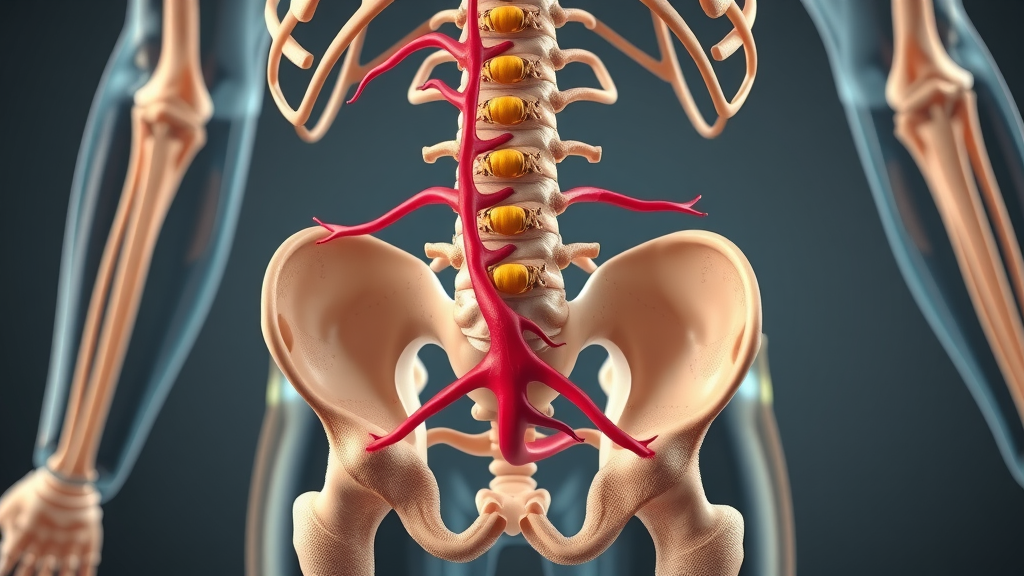
Dr. Stephen Porges
“When we breathe slowly and rhythmically, we’re recruiting the vagus nerve. This shifts our body into a state of safety, allowing healing, digestion, and social engagement to occur.”
Dr. Porges, the pioneer behind Polyvagal Theory, explains how breath is more than just a mechanical function—it's a regulator of our nervous system.
His work shows that slow, steady breathing can shift us into the "rest-and-digest" mode by activating the vagus nerve.
This has powerful implications for emotional regulation, trauma healing, and even our ability to connect with others.
The Connection Between Breath Control and Vagal Tone
How Breath Control Influences the Vagus Nerve
Among the various techniques, breath control stands out as it is a unique autonomic function we can influence at will. Negative breath habits often lead to increased anxiety; thus, learning effective breath control techniques can be profoundly beneficial for enhancing vagal tone .
Breathing deeply activates the parasympathetic response, improving heart rate variability and overall wellness.

Breathing Techniques for Vagal Toning
Practicing intentional breathing techniques is essential for enhancing vagal tone. Methods such as diaphragmatic breathing, the 4-7-8 technique, and box breathing have shown effectiveness in toning the vagus nerve, fostering calmness, and improving emotional resilience.
Regular practice can help maintain a balance between sympathetic and parasympathetic responses, crucial for stress management.

Dr. Patricia Gerbarg
“Breathing practices are the only way we can voluntarily influence the autonomic nervous system, especially the vagus nerve, giving us the ability to manage stress and improve resilience.”
Dr. Gerbarg emphasizes an empowering idea: breath is one of the few ways we can consciously influence our involuntary systems.
Her work encourages us to see breathwork not just as relaxation, but as a clinical tool for building mental and emotional resilience, especially in people recovering from anxiety or trauma.
Expert Insights on Breath Control and Vagus Nerve Health
Stefan Chmelik's Perspective on Vagal Toning
Stefan Chmelik emphasizes the importance of enabling feelings of safety in enhancing vagal function . When individuals feel secure, their nervous systems are less burdened, leading to improved overall health.
His device, Sensate, aids in toning the vagus nerve through a unique application of sound and vibration, creating a soothing experience that helps reconnect the body and mind.
The Importance of Feeling Safe in Vagal Function
Feeling safe is critical for optimal vagal function and is deeply connected to physiological responses. Clinical experience reveals that safety often precedes other higher-level needs, forming a foundation for emotional regulation.
Stewart quotes, “By mediating the internal and external world, we can enhance our ability to cope with stress and discomfort,” underscoring the necessity of a relaxed state for effective vagal tuning.
Methods to Stimulate the Vagus Nerve
Traditional Techniques for Vagal Stimulation
Various traditional methods for vagal stimulation, like humming, singing, and gargling, create natural resonance that stimulates the vagus nerve. These practices emphasize sound and community, helping individuals to feel more connected and relaxed in their daily lives.

Modern Devices for Vagal Toning
Innovative devices such as Sensate harness technology to aid in vagal toning. These devices create vibrations across the chest, using bone conduction to stimulate vagal pathways.
This method offers a modern approach to enhance the autonomic nervous system response, providing an alternative for those who struggle with traditional breath practices.
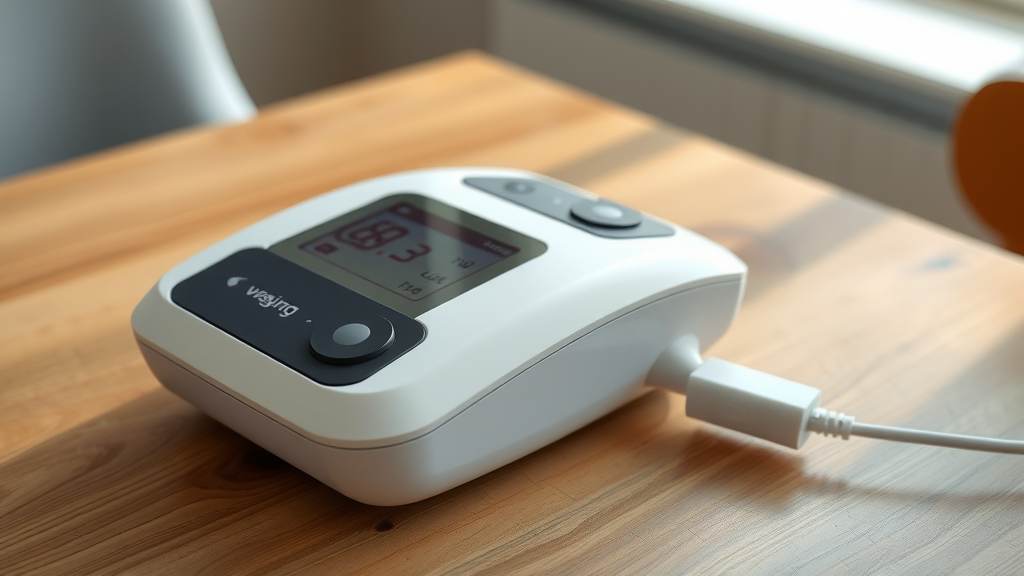
Dr. Richard Brown
“Breath control is like a remote control for the brain and body. Through vagus nerve stimulation, it brings balance to systems affected by trauma, anxiety, and depression.”
This analogy from Dr. Brown simplifies the science beautifully. Imagine holding a remote control to your own nervous system—through breath, you can switch out of fight-or-flight and into healing mode.
This concept has become foundational in integrative therapies for mood disorders and trauma recovery.
The Science Behind Breath Control and Vagal Tone
Research on Vagal Tone and Mental Health
Emerging research highlights the link between vagal tone and mental health outcomes. A well-toned vagus nerve can lead to reduced anxiety, enhanced mood, and better emotional regulation.
Studies suggest that individuals with higher vagal tone may have an increased ability to adapt to stress, thus promoting mental well-being.
Impact of Vagal Stimulation on Physical Health
Numerous studies indicate that stimulating the vagus nerve can positively impact physical health, improving conditions such as inflammation, digestive issues, and cardiovascular health.
By regularly practicing breath control, individuals may witness significant improvements in their physical health as a result of better vagal tone .
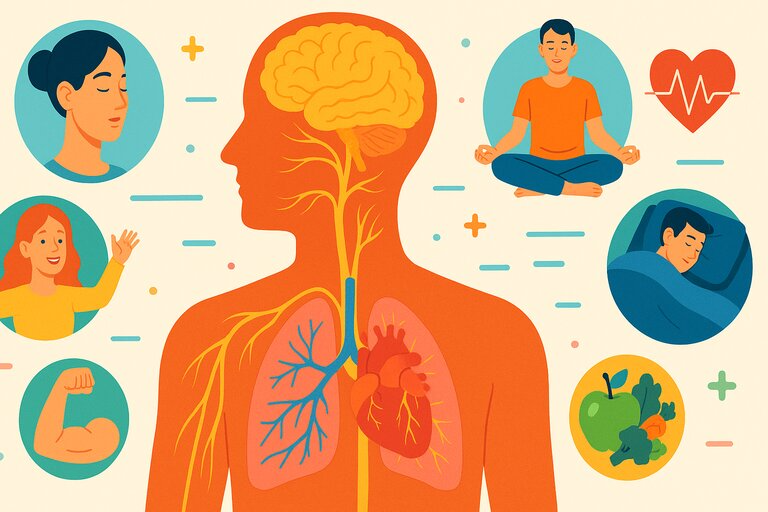
Common Misconceptions About Vagal Stimulation
Debunking Myths Surrounding Vagus Nerve Stimulation
There are prevalent myths that vagal nerve stimulation is solely a medical intervention. In reality, various holistic and natural methods exist, emphasizing the importance of **self-care** in promoting vagal health. Understanding these misconceptions is crucial for individuals seeking to improve their vagal tone.
Understanding the Difference Between Stimulation and Toning
It is essential to highlight the difference between vagus nerve stimulation and toning. Stimulation often refers to direct electrical impulses that induce a response, while toning refers to practices that enhance the nerve's natural resilience, promoting overall well-being.
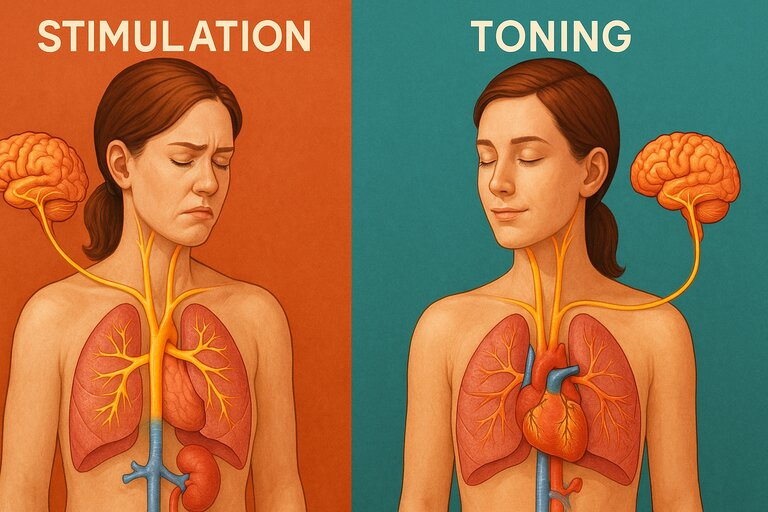
Dr. Arielle Schwartz
“The vagus nerve is a highway of healing. Through mindful breathwork, we send messages of safety and calm to our brain and body.”
Dr. Schwartz brings in a trauma-informed lens, framing the vagus nerve as a communication line between mind and body.
Mindful breathwork becomes a dialogue, where each breath sends the message: “You’re safe.” This is particularly valuable for those recovering from chronic stress or emotional wounds.
Practical Tips for Enhancing Vagal Tone Through Breath Control
Daily Practices to Incorporate
Incorporating daily practices such as mindfulness, meditation, and specific breath control exercises can enhance vagal tone.
Aim for at least 10 minutes of dedicated breath work to experience the benefits fully. Keeping a consistent practice allows for improved control over anxiety and emotional states.
Creating a Routine for Breath Control
Establishing a daily routine for breath control can significantly enhance your ability to manage stress. Consider integrating practices like the 4-7-8 breathing technique or simple diaphragmatic breathing into your morning or evening rituals. Consistency is key to unlocking the full potential of your breath.
People Also Ask
Does the vagus nerve control breathing?
Yes, the vagus nerve plays a significant role in the regulation of breathing patterns and can be influenced by breath control techniques.
What are the symptoms of an irritated vagus nerve?
Common symptoms may include digestive disturbances, irregular heart rate, anxiety, or difficulties in swallowing.
What is the Wim Hof method for the vagus nerve?
The Wim Hof method incorporates breath control through rhythmic breathing techniques designed to influence the nervous system positively.
How does the 4-7-8 breathing trick work?
The 4-7-8 breathing technique helps calm the nervous system by encouraging deep breathing, followed by a prolonged exhalation, stimulating the vagus nerve.
Conclusion
Understanding and incorporating breath control into your daily routine can profoundly impact your vagus nerve health.
By practicing various breathing techniques, you can enhance vagal tone, fostering emotional and physical well-being. Remember, prioritizing breath control equips you uniquely to navigate the stresses of daily life with ease and tranquility.
Call to Action
Are you ready to take charge of your health and explore the transformative power of breath control?
Start implementing these techniques today and cultivate a path to improved mental and physical wellbeing. For further insights, consider exploring tools like Sensate, designed specifically for vagus nerve toning.
Stefan Chmelik emphasizes, "By mediating the internal and external world, we can enhance our ability to cope with stress and discomfort."
 Add Row
Add Row  Add
Add 



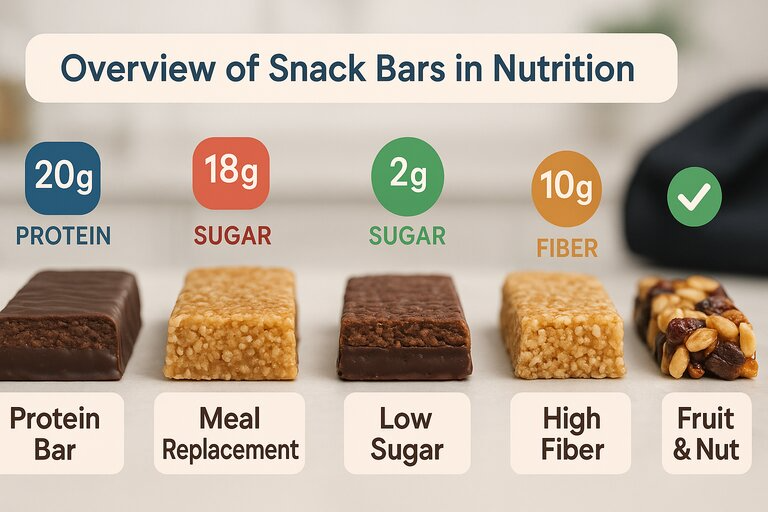

 Add Row
Add Row  Add
Add
Write A Comment